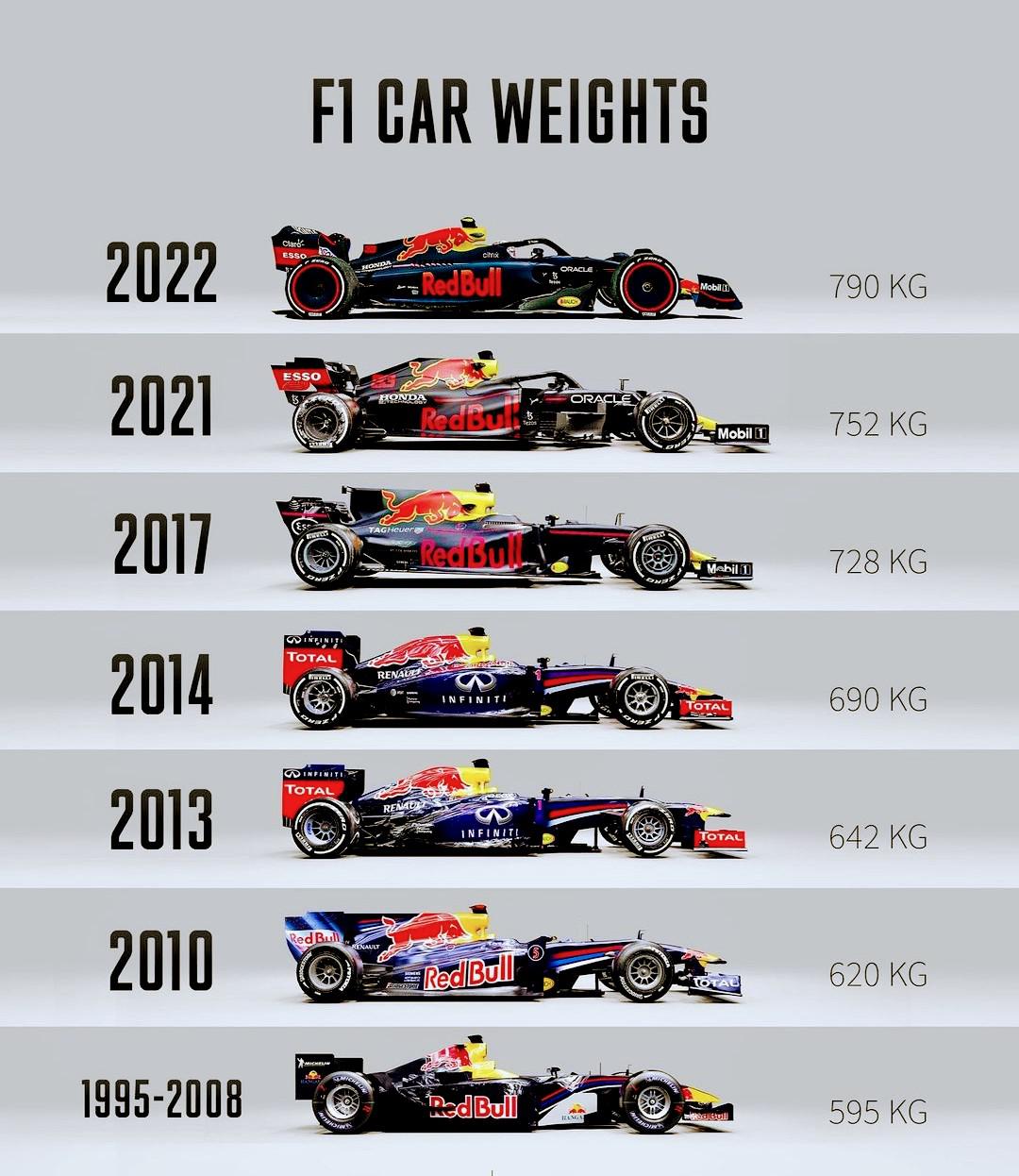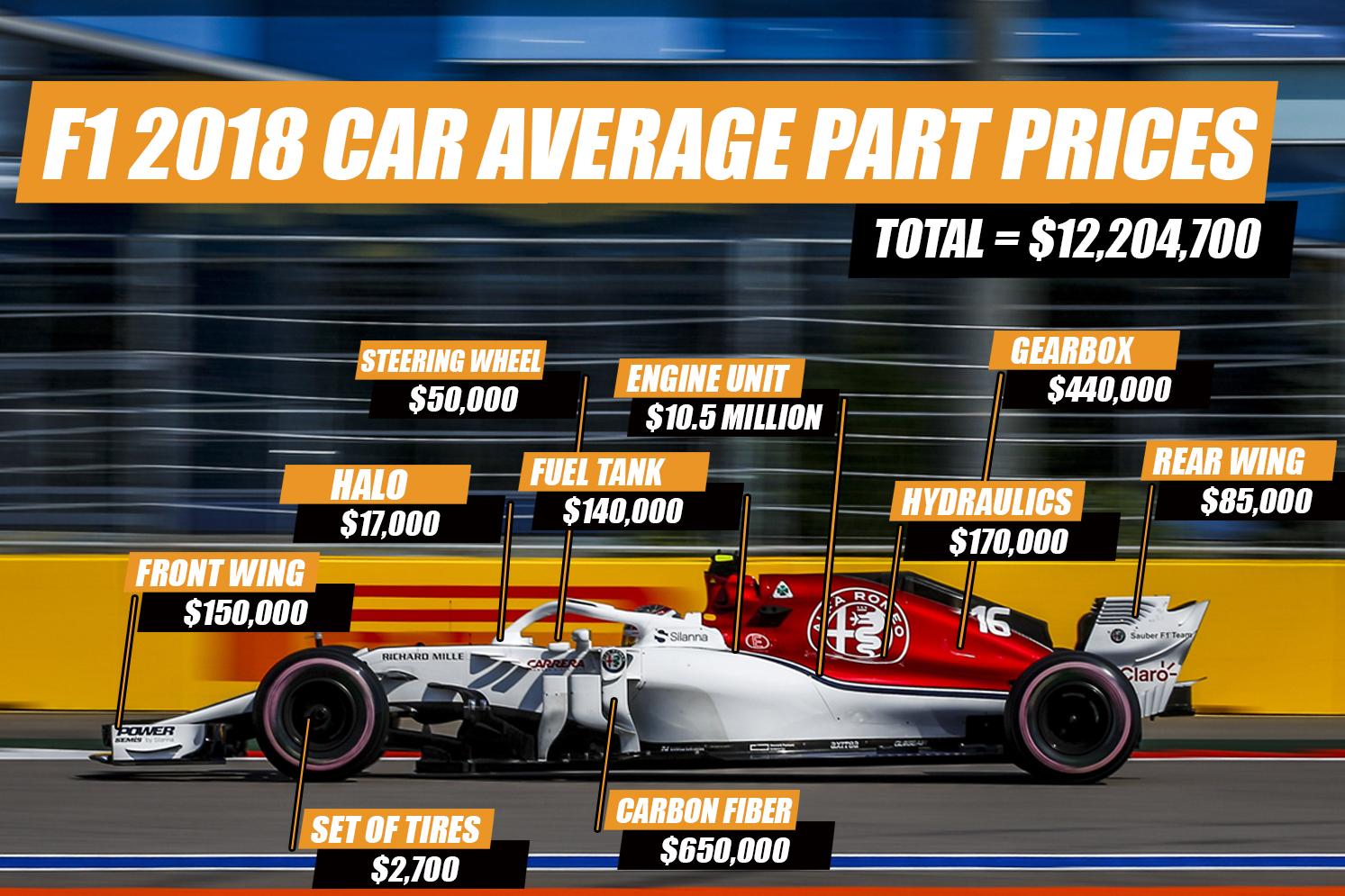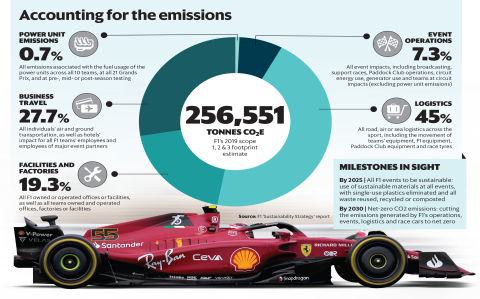Okay, so, today I wanted to dive into something that’s been bugging me for a while: how much fuel is in a Formula 1 car? I mean, these things are crazy fast and powerful, but they’re also pretty small. So where do they keep all that go-juice?
First, I started poking around online, just to get a general idea. I saw some stuff about how F1 fuel is measured by weight instead of volume because, you know, temperature changes and stuff. That made sense. Apparently, the volume of fuel can change if it gets hotter or colder, but the weight stays the same. Good to know.

Then I found out the real kicker: F1 cars can carry up to 110 kilograms of fuel per race. 110 kilograms! That’s like, a lot, especially when you consider how light these cars are supposed to be. But here’s the thing, teams don’t always fill them up all the way. They gotta find that sweet spot between having enough fuel to finish the race and keeping the car light enough to be, well, fast.
So, I did some more digging. I learned that they use this strategy called “lift-and-coast” to save fuel. Basically, they lift their foot off the gas pedal before a corner instead of braking hard. This way, they use less fuel, but it can also affect their lap times. It’s a real balancing act.
I also discovered that sometimes they hope for a Safety Car or a Virtual Safety Car period during the race. When that happens, all the cars have to slow down, which means they burn less fuel. So, it’s kind of like a little fuel-saving bonus round, if they’re lucky.
Here’s a list of what I found out about the fuel situation in F1:
- Fuel limit: 110 kilograms per race (which is about 305 kilometers or 190 miles, in case you were wondering).
- Not always full: Teams usually put in less than 110 kg to keep the car lighter and faster.
- Fuel-saving tricks: They use techniques like “lift-and-coast” and hope for Safety Car periods to save fuel.
- Special blend: F1 cars use a special kind of gasoline that’s similar to what we use in regular cars, but it’s more strictly regulated.
It’s pretty wild to think about all the calculations and strategies that go into something as seemingly simple as fueling up a race car. These teams are really working on another level. The more I learned, the more impressed I was with the whole operation.
Anyway, that’s my little deep dive into the world of F1 fuel. Hope you found it as interesting as I did! This whole thing started as a random thought, but now I have a whole new appreciation for these cars and the people who make them go.


























